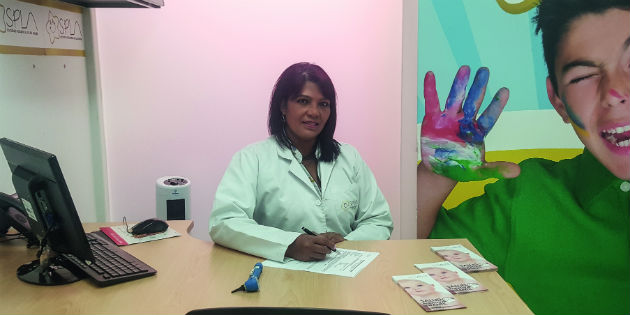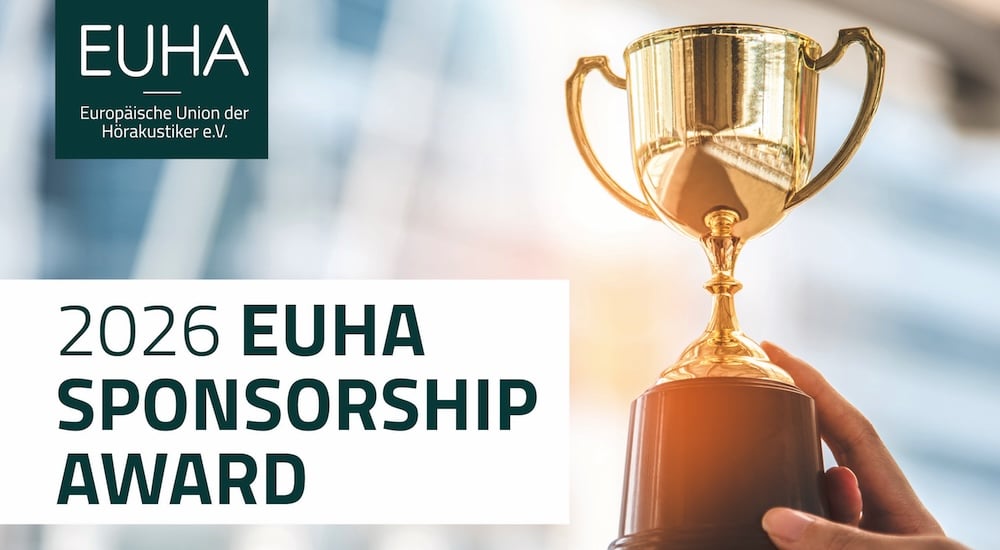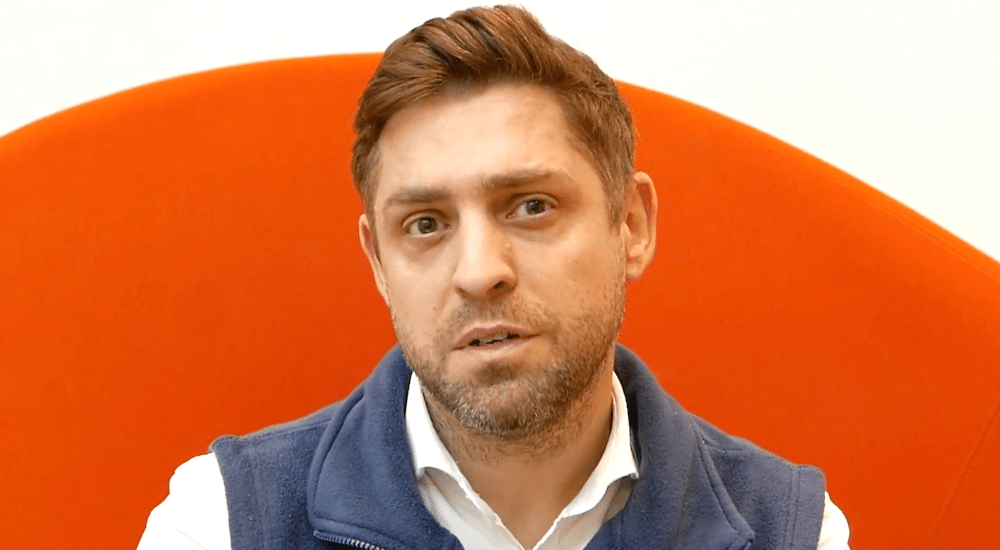Early detection is still an uphill struggle in 2018
Hearing loss detection
Policy makers in Colombia are yet to approve theimplementation of a national screening programmefor hearing loss; meanwhile, children between5 and 7 years old are being diagnosedthrough techniques that lackendorsement as decisive methods.

The country lags behind in new technology applied internationallyfor hearing loss detection examinations of the newborn. This isthe claim of Mónica Matos Rodelo, speech-language specialist inaudiology and occupational health, who affirms that the otoacousticemissions practised in Colombia are not now the go-to test for thistype of examination. In their place are automated auditory evokedpotentials, recommended by medical societies and hearing sectorfederations worldwide.
“While evoked potentials have been used for 30 years in othercountries, the latest technology now used allows for very highspecificity in results and a lowering of false positives. The algorithmsemployed ensure that the potentials are reliable,” saysMatos Rodeo, an audiologist at the Los Andes Paediatric Societyand the Child Cardiovascular Hospital in Cundinamarca.These technological advances mean otoacoustic emissionshave become complementary. Outside Colombia they are neverobligatory because they are not decisive, but in Colombia theyare assumed to be so.
The Colombian government recently rejected the implementationof a screening programme on the grounds of the costs beingtoo high. This becomes arguable, however, on factoring in the“margin of error of two to three percent in evoked potentials; whileit is at 20 to 30 percent in the case of otoacoustic emissions,involving detection of hearing loss that is not genuine, whileensuing treatments, and all they entail, could be far more costlyfor the state. In practical terms, otoacoustic emissions detectinner ear disorders even in external hair cells, but from thereon in nothing much is identified, and many disorders occur innerve or inner hair cells, where only auditory evoked potentialscan discover them,” points out Irma Carvajalino, audiologist atthe Cinda Foundation.
Work on creating awareness of the importance of this type ofexamination must currently be carried out along two routes:firstly towards government policy makers, who do not seem tounderstand the full picture despite many requests made to them by professional audiology and ENT groups in Colombia; secondlyin the direction of actual hearing care professionals, who are“in important need of training in these tests with advancedtechnology so that they do not keep ordering traditional testing,which is often authorised by Colombia’s official health-promotingfirms under the EPS scheme,” points out Matos in line with herexperience as a lecturer and researcher at the Ibero-americanUniversity Corporation.
Late detection all the way
The key to minimising hearing loss lies in early diagnosis andintervention, and this should ideally be achieved before thepatient is six-months-old. A 2004 study in Colombia by Matosand Gordillo found that detection of hearing pathologies and theidentification of hearing problems was taking place at 6 years ofage, just as children were starting full-time education.
“Regrettably, by 2017 the panorama has hardly changed, withdetection taking place between five and seven years of age inthe country’s main cities; the situation is even more serious inintermediate-sized and small towns, where there are no audiologyservices because, among other reasons, the EPS companies arenot allowing hearing tests to be carried out on children, whilethey remain evasive on early treatment, even with with groupsat high risk of hearing loss,” states Mónica Matos.
This situation has brought a reaction from the hearing care sector,now integrated in discussion groups and pushing a process toget universal screening approved, this being the optimum routetowards preventing and treating hearing disability consequencesin time, which would have a positive impact on rehabilitationcosts. “We are currently giving cochlear implants to seven-yearoldchildren presenting with language and speech problems, butthese do not match their age,” says Matos.
According to the aformentioned study, some hearing loss casesare related to pre-eclampsia, gestational diabetes, infectiousdiseases (both viral and bacterial), injuries, trauma cases, ototoxicdrugs, meningitis, and knocks, among others.
State policies are not sufficient
A universal screening law has been under proposal in Colombiasince 2005, and supposedly there is awareness of the need tobring one in, but in reality ten years have passed and things nowseem “even more entangled”.
The state has always left it to the National Institute for the Deaf(INSOR) to be the guiding body on the subject, yet throughout itsexistence, and even with different adminstrative offices under itscontrol, INSOR does not seem to have given an early detectionprogramme sufficient importance, and its actions have led moreto better positioning for sign language over orality. On this basis,there is now an abyss between the state body and the privatesector. According to sources close to Audio Infos, members ofthe Colombian hearing profession have sat round the table onmany occasions with government delegates, but no success wasachieved in overcoming arguments linked to technology, costs,and Colombia’s lack of readiness for these processes.
The government finally asked for updated statistics regardingchildren with hearing loss, but these werenot forthcoming either, despite some privateentities having carried out their own studies.A genetic test was then proposed in order todetect congenital anomalies related to hearingloss. The request was made to the Ministry ofHealth by neuropaediatricians and geneticists,but the hearing profession did not back thisowing to the fact that results among the deafscarcely appeared through this genetic testingmethod. “We wanted a real test. We could notdeceive people and give them a diagnosis justthrough a blood test that didn’t offer detection with even 10%validity,” recalls Irma Carvajalino. In the end, this initiative didnot meet with government approval either, since blood samplesmeant a very costly required storage and cold-chain process.Audiologists began to work in parallel with the Ministry of Healthon an official Classification of Health Interventions (CUPS), a listto include all the procedures that can be carried out in Colombia.What is not on the list does not exist. The latest CUPS listto be published, dated April 11, 2017, has hearing proceduresregistered, but screening was not on the list, so this cannot beordered and billed for by professionals. Why is it not included?The government maintains that it is a promotionand prevention campaign that should not beincluded in the CUPS classification, but shouldhave a different modus operandi.
To counterbalance the situation, the Ministryof Health put out treatment guides in whichnewborn-related information suggested hearingstudies being carried out. The problem isthat these guides are merely suggestions toprofessionals; they do not involve any obligatoryfulfilment.
To all intents and purposes, if screening is desired, this seemsto be in the hands of the private sector. In its own procedures,the government does not include either otoacoustic emissionsor automated auditory evoked potentials. The parents of newbornbabies must pay for these services without government help.With things as they are, how can screening be promoted andimplemented nationwide?
 Sign in
Sign in

